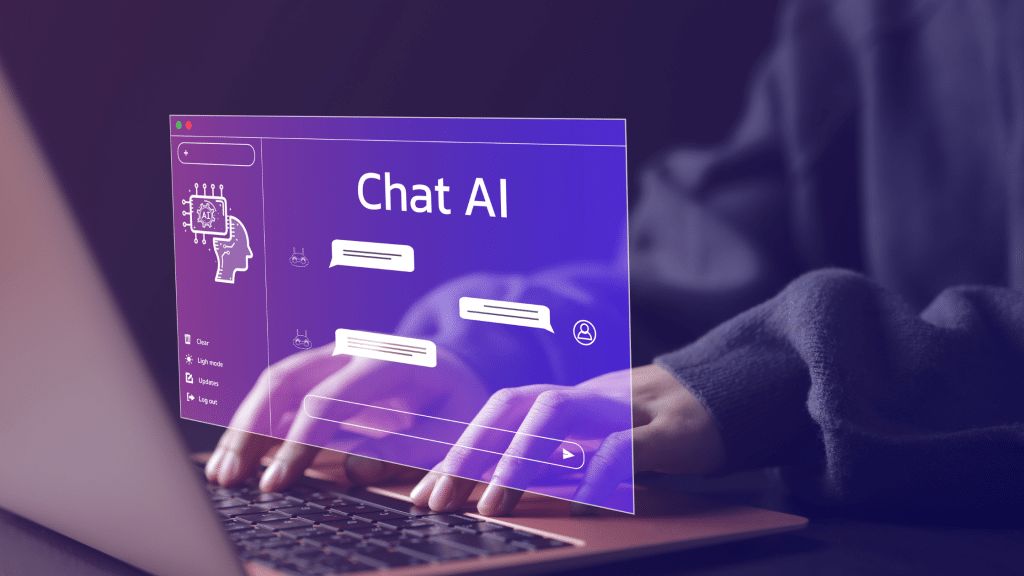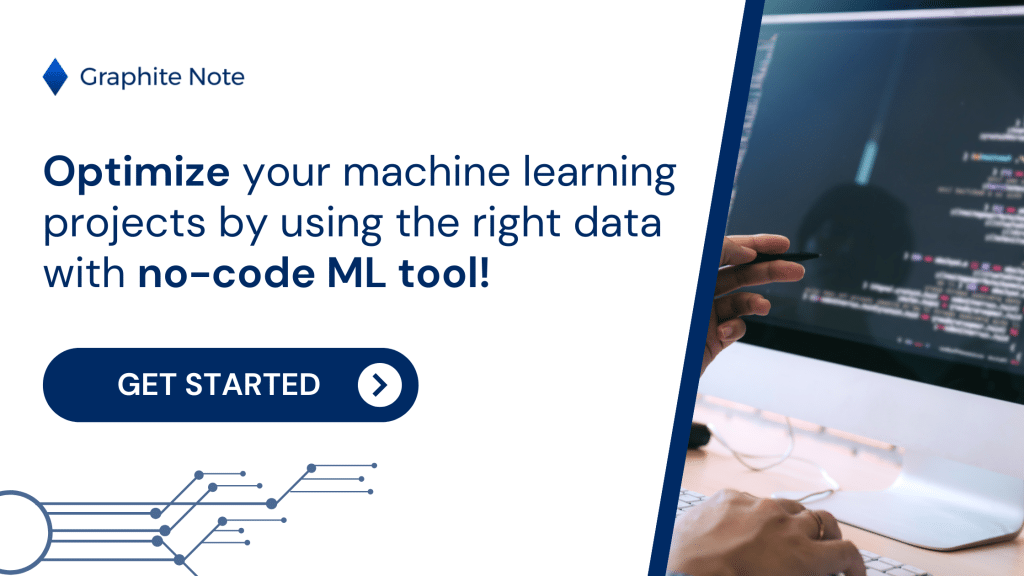Understanding the Difference Between AI and Machine Learning
There are six different subsets of AI. Artificial Intelligence is a set of computer systems that can mimic human intelligence. AI now plays a crucial role in many sectors and industries.
What is Artificial Intelligence?
AI creates intelligent machines capable of mimicking human behavior. Artificial Intelligence replicates human intelligence in machines. Artificial Intelligence includes a wide range of technologies and techniques.

What is Machine Learning?
Machine Learning is a subset of Artificial Intelligence. Machine Learning enables machines to learn from data and make predictions and decisions. No programming is required. Machine Learning enables machines to learn and improve their performance over time.
Machine Learning algorithms
Machine learning leverages algorithms to train machines on large datasets. AI technology enables the machines to make informed decisions. These decisions are based on patterns and correlations. Machine learning algorithms are designed to analyze large amounts of data. Through this analysis, machine learning algorithms identify patterns. The machine learning algorithms then make predictions or decisions based on those patterns.
AI in industries
AI is already changing industries and sectors. In healthcare, AI-powered systems can assist health professionals. AI helps to diagnose diseases. AI algorithms can analyze medical images. AI can help to predict patient outcomes. In finance, AI algorithms can analyze market trends, and predict stock prices. AI is also used in transport. Self-driving cars have taken to the road. Self-driving cars use AI, and machine learning. Self-driving cars perceive their environment, make decisions, and navigate safely. In entertainment, AI creates realistic virtual characters, art, and personalized recommendations. For example, your personalized recommendations from your Google Search are generated by AI algorithms. Google Search continues to adapt its AI algorithms to serve more precise recommendations to users. Recommendation systems like this are used more and more by businesses. Recommendation systems can improve user experience. Generative AI is quickly advancing. Generative AI is a type of AI that can generate text, images or other data using generative models, in response to prompts it is fed. Different types of AI can handle different types of tasks.
AI and ethics
The evolution of AI raises important questions around ethics. AI bias is a concern. Data privacy remains a concern too. It is important to balance the benefits of artificial general intelligence against addressing these concerns. Responsible deployment and adoption of artificial general intelligence technologies is important. Avoiding the creation and evolution of weak AI is also key. Weak AI systems can lead to disinformation and other unintended consequences. Strong AI is the goal. Strong AI is built for purpose and balanced to ensure robust outcomes. AI is dynamic and constantly evolving.
The different subsets of AI
Machine learning
Machine Learning is one of the most prominent subsets of AI. Machine learning can, and is, reshaping various industries. By training models on large amounts of data, machines can learn from patterns. From there, machines can make predictions or decisions with impressive accuracy. Machine learning can be used to detect fraud in financial transactions. Machine learning algorithms can predict customer behavior. to predict customer behavior. Machine learning algorithms analyze data, identify patterns, and make informed decisions. Machine learning enables businesses to optimize their real world operations and enhance their performance.
Deep learning
Deep learning is a subfield of machine learning. Deep learning algorithms are powered by artificial neural networks. Deep learning algorithms can perform complex tasks. Deep learning can be used for image recognition. Deep learning algorithms can process natural language. Deep learning is the technology behind autonomous vehicles. In deep learning, deep artificial neural networks are training with multiple layers. Deep learning algorithms learn to mimic the human brain’s structure and function. A neural network processes data and extracts intricate patterns. Deep learning enables machines to make complex decisions and accurate predictions. Deep learning is used across various industries. In healthcare, deep learning models can help to detect tumors in medical images. In finance, deep learning models help with stock market predictions.
Robotics
Robotics involves designing and programming physical machines that can interact with the environment. These machines can autonomously execute tasks. Industrial robots can be used in manufacturing. Drone robots can be used for search and rescue missions. Robotics is where AI and the physical world meet. In recent years, robotics have advanced. Looking ahead, we will see more collaborative robots. Collaborative robots are known as cobots. Cobots work alongside humans, Cobots can enhance productivity, efficiency, and safety. Cobots can perform repetitive tasks precisely and accurately. This frees up humans to focus on more complex tasks.
Neural networks
Neural networks are the foundation of machine learning algorithms. Neural networks enable machine learning algorithms to solve complex problems. An artificial neural network (ANN) is inspired by the structure of the human brain. A neural network is a system of interconnected nodes. The nodes of the artificial neural network work together to process information. The nodes are like simplified versions of neurons in the brain. Information flows through the layers of the neural network. The deep neural networks learn by adjusting the connections between the nodes. Deep neural networks can identify patterns and make predictions.
Natural Language Processing (NLP)
Natural Language Processing (NLP) is another subset of AI. NLP enables machines to understand, interpret, and respond to, human language. An AI agent, like Siri and Alexa use NLP. With NLP, machines can analyze text data, extract meaning, and generate human-like responses. NLP technologies are the backbone of customer service chatbots and AI agent. NLP technologies are also behind sentiment analysis tools that assess public opinion. NLP technologies are what’s behind virtual assistant platforms. NLP advancements have led to the development of multilingual systems too. These break down barriers and enable seamless communication across diverse languages and cultures.

Genetic Algorithms
Genetic Algorithms draw inspiration from the process of natural selection and evolution. Genetic Algorithms mimic the principles of genetic variation, crossover, and mutation. Genetic Algorithms solve complex optimization problems and find the best possible solutions. Genetic Algorithm are the AI technology behind autonomous vehicle routing. Genetic algorithms determine optimal routes for vehicles, minimizing travel time and fuel consumption. This improves efficiency, reduces traffic congestion and decreases carbon emissions. Genetic Algorithms are also used in supply chain management. Genetic algorithms optimize inventory levels, distribution routes, and production schedules. This enables cost savings and improved operational efficiency.
How to implement in AI in your business
The quick evolution of AI in recent years has made it accessible to all business owners. Intuitive AI platforms available allow businesses to leverage the power of AI. Extensive coding knowledge or skills are not required. You don’t need a data science team. The data science is done for you. Graphite Note is one of these AI platforms. Graphite Note is a No-Code predictive analytics platform. Graphite Note empowers businesses to use AI and Machine Learning. Through this, you can gain actionable insights from your business data. Using this, you can make data-driven decisions, and drive innovation. Graphite Note is user-friendly and easy to use. Graphite Note makes it easy to implement AI within your business.
Benefits of implementing AI
Implementing AI for your business can have big benefits. By utilizing AI technologies, you can streamline processes, improve efficiency, and enhance decision-making. Using Graphite Note as an example, we show you how implementing AI can benefit your business. Graphite Note has a wide range of AI-powered features. These help you analyze and interpret your business data. Graphite Note uses advanced AI and Machine Learning algorithms. These can identify patterns, trends, and correlations within your datasets. Graphite Note then gives you valuable insights that may have otherwise gone unnoticed. These insights help you make informed business decisions. With Graphite Note, you can optimize your strategies. Graphite Note also helps identify new growth opportunities.
Streamline data work with AI
Technological advancements mean that the amount of data generated by businesses grows daily. Managing and analyzing this data can be daunting. AI helps by streamlining data work. AI helps by showcasing valuable insights that can drive business growth. AI empowers businesses to streamline data-related tasks. AI automates data preparation, analysis, and visualization. AI will continue to revolutionize the way we work.
No-Code predictive analytics
Graphite Note is a No-Code predictive analytics platform. You do not need coding knowledge or technical expertise to use Graphite Note. You can easily navigate and use Graphite Note to implement AI in your business. Graphite Note also has drag-and-drop facilities. You can easily interact with your datasets. Then, you can , build predictive models, and visualize your findings. It takes a few simple clicks to create custom dashboards, charts, and reports. Graphite Note helps you present information with clarity. You gain valuable insights from using Graphite Note. Graphite Note also helps you enhance your communication with business stakeholders. You can also test hypotheses in Graphite Note, without having to take any real world risks.
Collaboration and support
Graphite Note enables you to collaborate more effectively. Your teams can work together to implement AI solutions. Graphite Note enables easy data sharing, collaboration, and version control. This ensures that everyone involved in the AI implementation process is on the same page. Graphite Note also provides comprehensive support and training resources. These include tutorials, templates, and dedicated customer support.
Conclusion
Each subset of AI plays an important role in shaping the future of AI. Each subset of AI can, and already is, shift the needle in industries across the globe. Implementing AI for your business is now possible. Platforms like Graphite Note provide accessible and user-friendly solutions. Implementing AI in your business doesn’t have to be complicated or daunting. We’re proud to help businesses leverage the power of AI.





